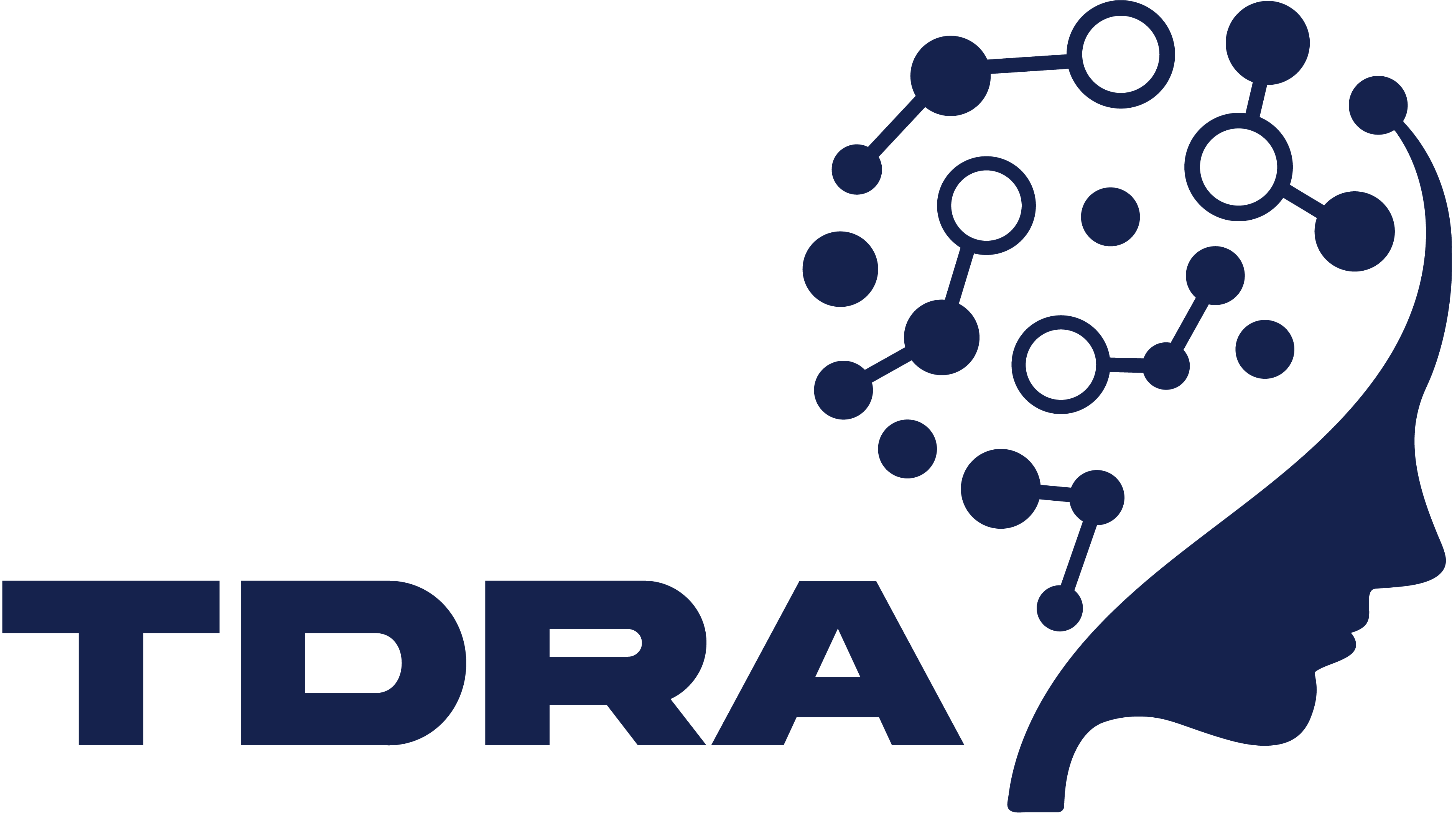Brain-Eye Amyloid Memory (BEAM) Study
What is the study about?
This study is investigating whether measurements of the eye can be used with other tests to detect dementia earlier. By comparing the results of non-invasive tests similar to those done in an eye doctor’s office with established tests of cognition, magnetic resonance imaging (MRI) and a positron emission tomography (PET) scan, researchers can look for links between changes in parts of the eye in dementia.
Eligibility–Who can participate?
Participants must be:
- 50-90 years of age or older
- Have a diagnosis of Alzheimer’s disease, vascular cognitive impairment (VCI), or Lewy Body Spectrum disorders
Time requirement:
4-5 visits over 4 months. The visits will include undergoing brain imaging (MRI, PET), cognitive testing, gait and balance assessments, eye-imaging, cognitive and functional questionnaires, and taking blood samples.
Study Video
Advances in Dementia Research Webinar- Listen to Dr. Sandra Black (Principal Investigator) discuss the BEAM study in further detail:


Do you have questions about research studies you saw on this page?
Please contact tdra@utoronto.ca

Disclaimer
The listing of a study on the TDRA’s Research Studies Portal is for informational purposes only. The safety, efficacy or scientific validity of the studies listed here have not been evaluated by The Alzheimer Society of Toronto (AST) or the Toronto Dementia Research Alliance (TDRA). The TDRA is an academic coalition among the University of Toronto and Baycrest, the Centre for Addiction and Mental Health, Ontario Shores Centre for Mental Health Sciences, Sunnybrook Health Sciences Centre, and the University Health Network. The information collected will be kept and guarded by TDRA. Choosing to participate in a study is an important personal decision. Before you participate in a study, you should make sure you understand the risks and potential benefits and discuss all options with your health care provider(s).


